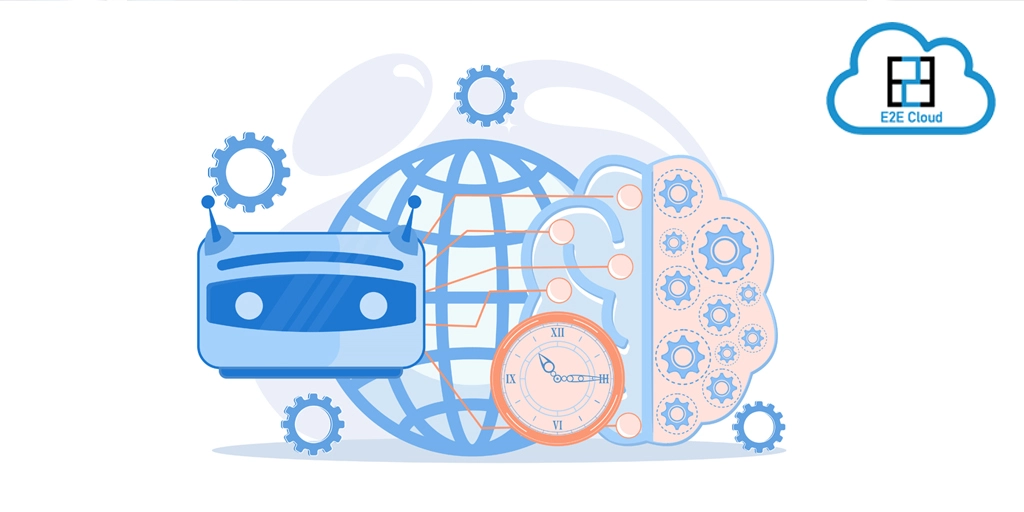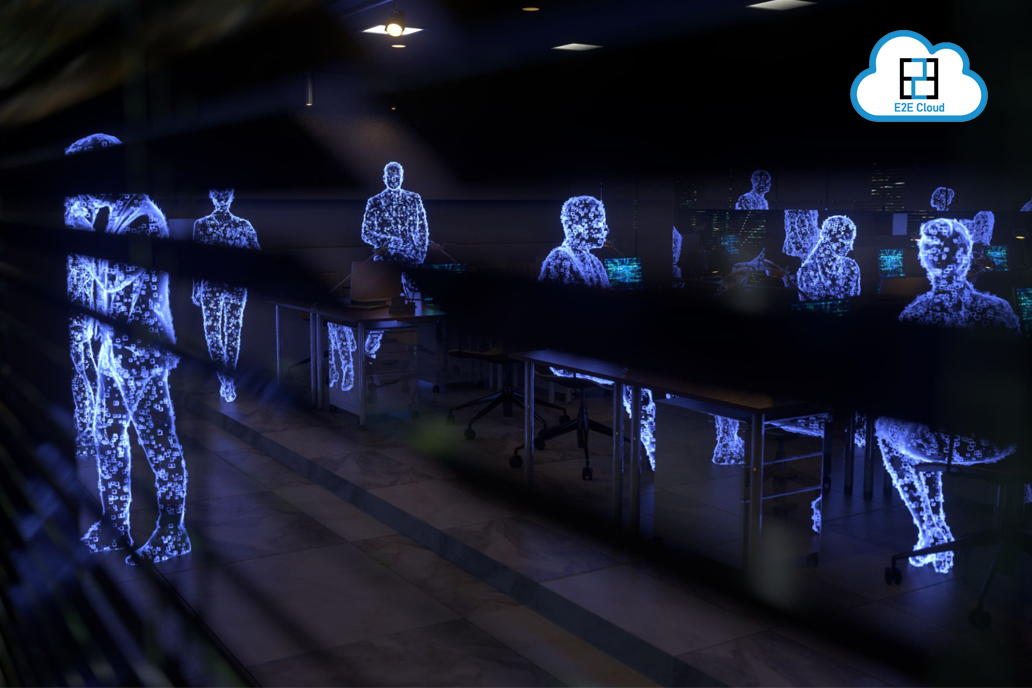Aligning to industry’s best practices and standards of providing the best services to you, we publish security advisories that are designed to provide timely information to all our esteemed customers.
Threat Summary:
Microsoft has patched a zero-day vulnerability in the Windows Common Log File System, Cybercriminals are uplifting their game by exploiting a zero-day vulnerability in the Windows Common Log File System to spread Nokoyawa ransomware payloads and escalate their privileges. This devious tactic has been made possible by a flaw in the CLFS, which provides a general-purpose logging service for software clients operating in user or kernel mode. The authenticated attackers can easily gain system privileges through this vulnerability, which has been the target of the notorious Nokoyawa ransomware gang for months, using a variety of clever exploits since June 2022.
While these exploits may share certain similarities, they also possess distinct characteristics that differentiate them from one another.
The Nokoyawa ransomware group has been actively targeting a variety of industry verticals using Multiple Common Log File System (CLFS) exploits.
Impact:
This vulnerability in the Windows operating system is categorized as a low-complexity flaw, and it can be exploited by a local attacker without any need for user interaction. Of significant concern is the fact that all supported versions of Windows servers and clients are affected by this vulnerability.
On successful exploitation, threat actors may take complete control of the targeted Windows system and breach it in full phase.
Ransomware:
Ransomware is a malicious type of software that has the ability to restrict access to a user's computer or encrypt their files, essentially holding them hostage until a ransom is paid. This threat has evolved over time, with modern ransomware variants, commonly referred to as crypto ransomware, specifically targeting certain file types on infected systems, and demanding payment in cryptocurrency or via online payment channels in exchange for a decryption key. These attacks have become increasingly sophisticated, often involving complex encryption algorithms and evasion techniques to bypass traditional security measures, making it difficult to detect and mitigate these threats.
How to Protect Yourself?
Microsoft fixed this zero-day vulnerability as well as 96 other security flaws, including 45 remote code execution vulnerabilities and released a security patch on April 11, 2023.
Install an endpoint protection, Keep your software up-to-date and Backup your Data regularly.
Setting up a firewall is a significant stage in securing most of the modern operating systems.


.png)







